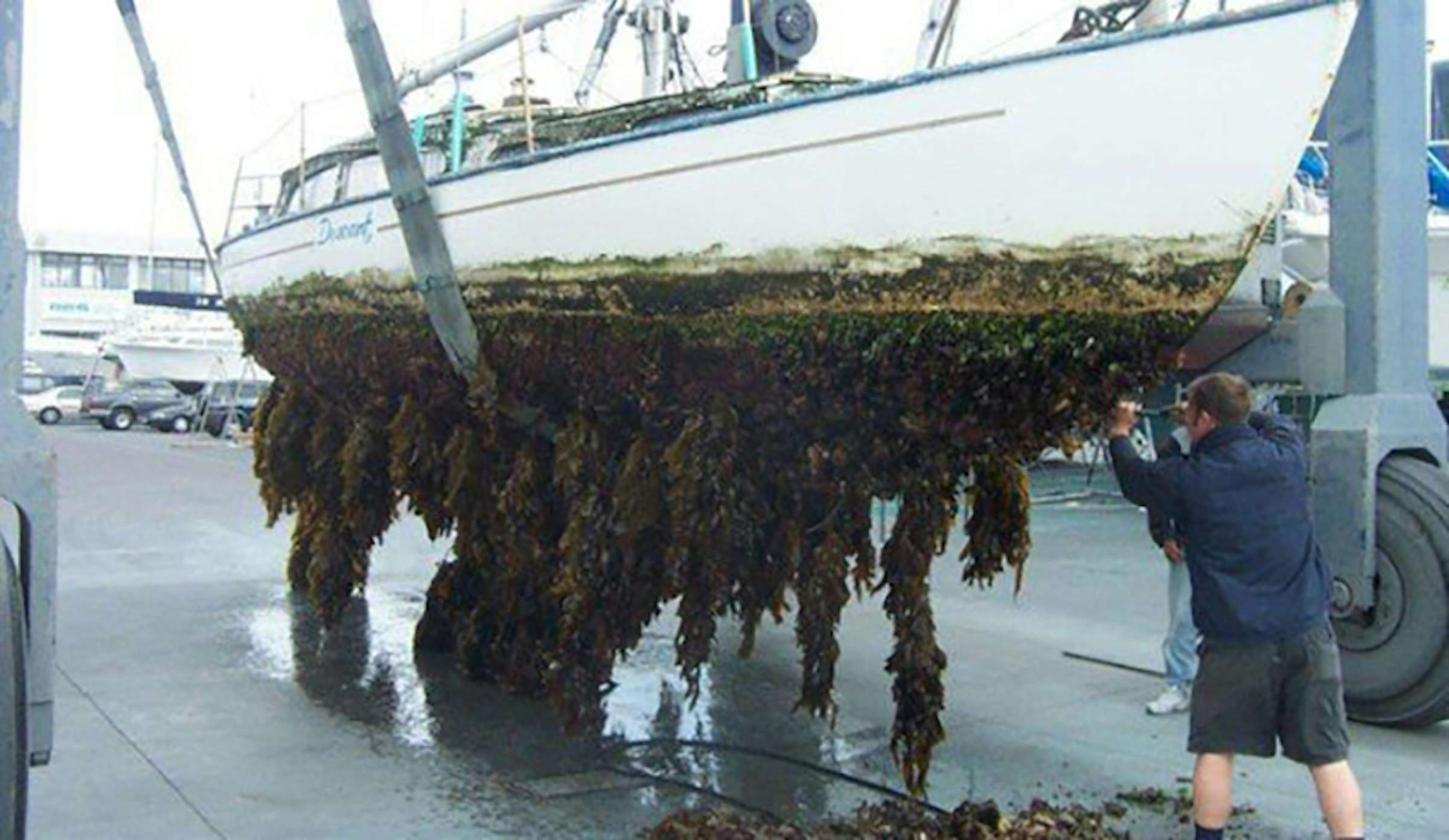
Guide to anti-fouling
Anti-fouling is recognised as being right up there on the list of boat maintenance must-dos.
Just why is this chore so important? In part because we want to protect our wonderful marine playground from being infested by marine pests. Look at it that way and anti-fouling isn’t really a chore; it’s a responsibility.
As so succinctly explained on the Burnsco website, anti-fouling not only keeps pests - such as barnacles, slime and weed - that attach to the bottom of the boat, out of the feed chain, it also prevents damage to boat hulls. As most boaties will know, such hitchhiking pests can also have an immediate negative impact on a boat’s performance (reduced speed) and its associated fuel efficiency.
Fouling is generally split up into two groups; microfouling and macrofouling. Microfouling is made up of microscopic bio-organisms, such as slime, bacteria and other small algal life forms. Macrofouling is the bigger stuff, such as barnacles, mussels, oysters, fanworm and seaweed.
How to tackle these?
Burnsco’s complete guide to anti-fouling incorporates information on anti-fouling paint and primer products and explains the difference between hard and soft paint for use in anti-fouling. This is also well covered on the AllMarine website where you can find everything you ever wanted to know, and things you didn’t know you needed to know about anti-fouling!
How it works?
Anti-fouling slowly releases biocides which hinder the growth or repel underwater life. Most antifouling product contains copper compounds (not to be used on an aluminium boat - as explained on the AllMarine website).
NB: The Burnsco site also provides a reminder regarding the Government’s Environmental Protection Agency rules around how anti-fouling paints are produced, used and applied.
Is fouling more of a problem in certain places?
Yes it is, and various factors are the cause of this. The degree of fouling is impacted, for example, by water temperature, its salinity, the level of sunlight, the quality of nutrients and countless other factors. Generally speaking, the higher the water temperature, the greater the growth.
As you anticipate plenty of summertime boating action, ensure your preparation includes paying heed to some anti-fouling activity. Your boat, and our waterways, will thank you for it.
Looking for the right cover on the water in New Zealand in 2021?
No matter what your plans are on the water in 2021, Mariner Insurance is here to support you. We have been offering Kiwis specialist marine insurance in New Zealand for over a decade with cover for all types of boats and watercraft. Just talk to us about what you’re doing on the water, and we can tailor one of our insurance policies to fit.